Revisiting India in Spring 2009 - Periyar Tiger Reserve
![]()
After our harrowing bus ride on the mountain roads from Munnar, Periyar House, a low slung lodge surrounded by thick forest, looked to us to be a human sanctuary! This was off-season so we had a choice of rooms. We picked a large one at the back looking out into the woods.

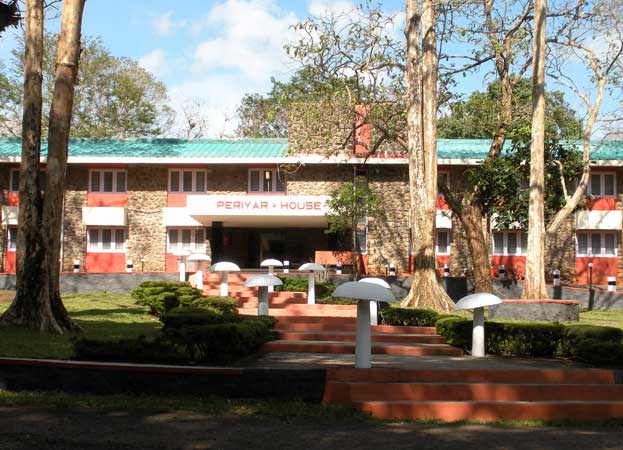
Once in the room we noticed that the windows had cross bars on them. Looking further we discovered a small sign that warned us to only open the cross barred windows unless we wished for a few room mates (monkeys). Returning from a walk through the woods to the lake, we learned the full meaning of this warning sign!

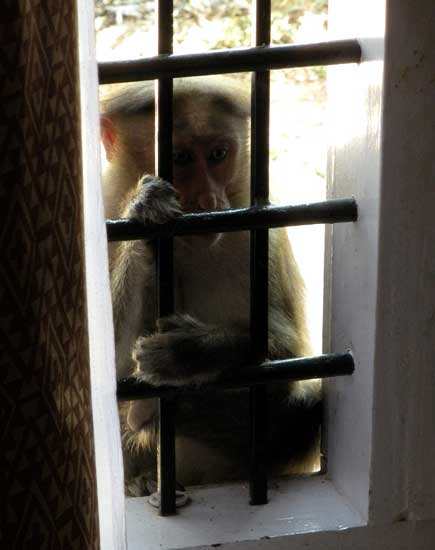
A bit of background on Periyar Tiger Reserve - One of the 23 Project Tiger Reserves, Periyar has been a sanctuary since 1899. Back then, the necessity to set aside habitat to conserve India's extensive flora and fauna was already realized. The original sanctuary included the 600 square kilometers surrounding Lake Periyar, a reservoir formed by a dam, built in 1895, to provide water for irrigation. The resulting lake has several arms extending in various directions providing an appealing watering hole for a wide range of critters, including a population of perhaps 40 tigers.
While it is possible to go trekking and elephant riding, we decided to take in easier and just take the boat ride on the lake to seek wildlife views. Early the next morning, we walked down the road to the boat jetty to board a boat.
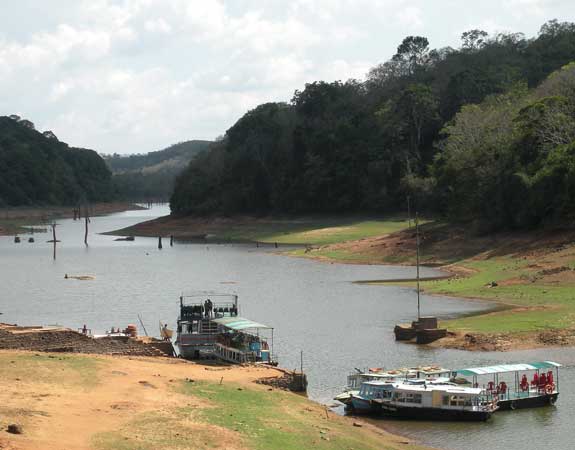
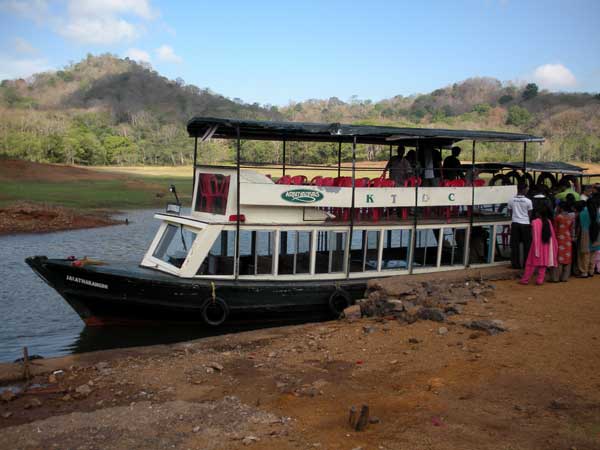
The ride took us through the convolutions of Lake Periyar along whose banks egrets and storks hunted, kingfishers flashed their bright blue feathers, and cormorants dived.
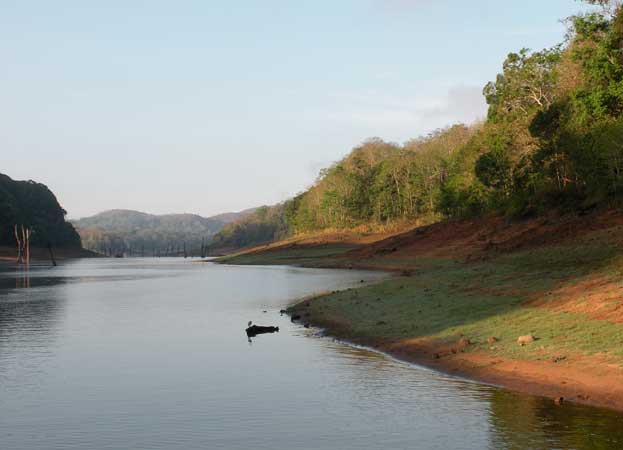
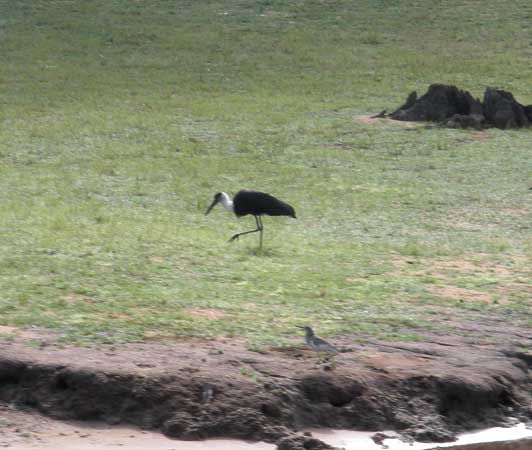
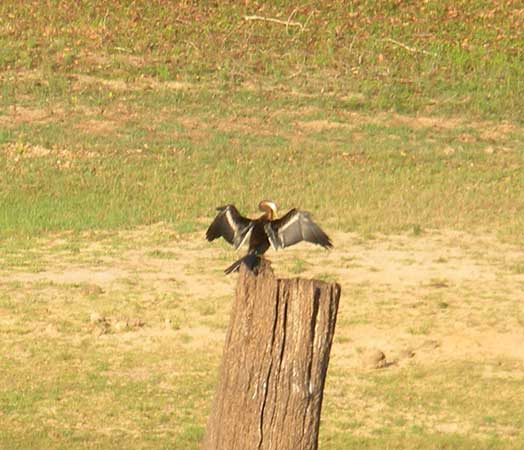
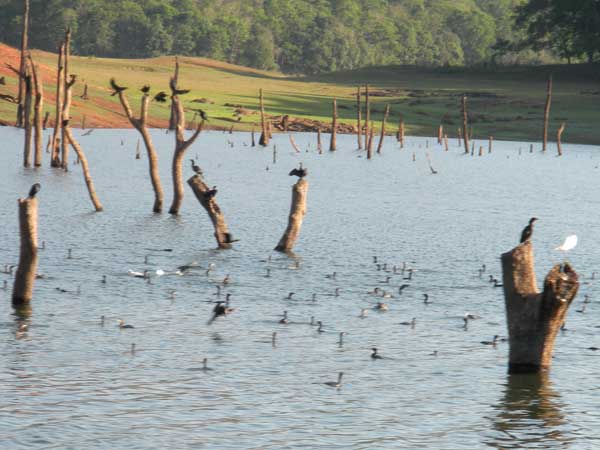
Then, way up on a ridge, we spotted an elephant, but it was too far away for our camera! Along the shores, gaur (a sort of bison), antelope and deer grazed. Wild boar snuffled for goodies.
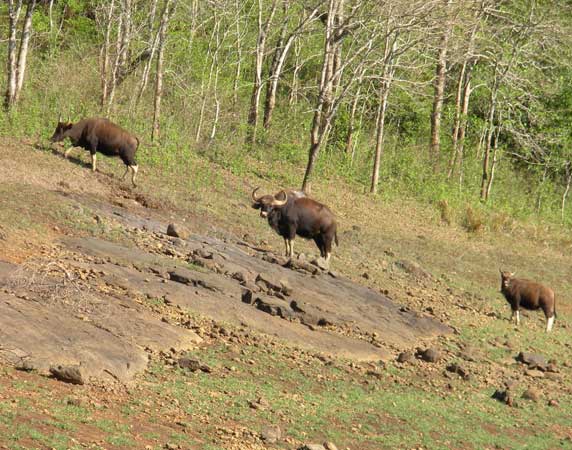
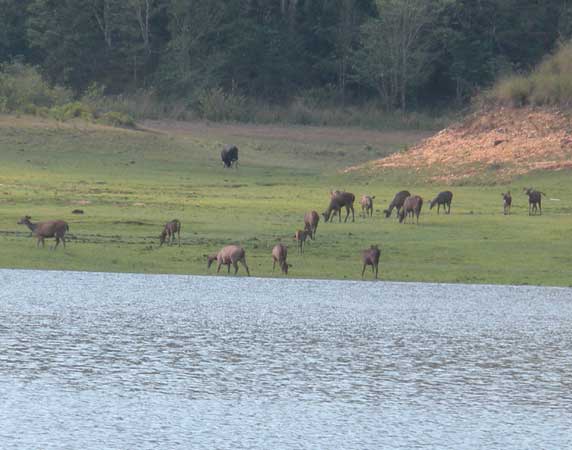
On an afternoon boat ride the next day, there were many more visitors, mostly Indians, and several boats were pressed into service. This ride lacked the tranquility of the early morning one, but the critters were plentiful. A elephant grazed very near the shore so we had close up views. The herds of gaur, antelope, deer and boar were plentiful.
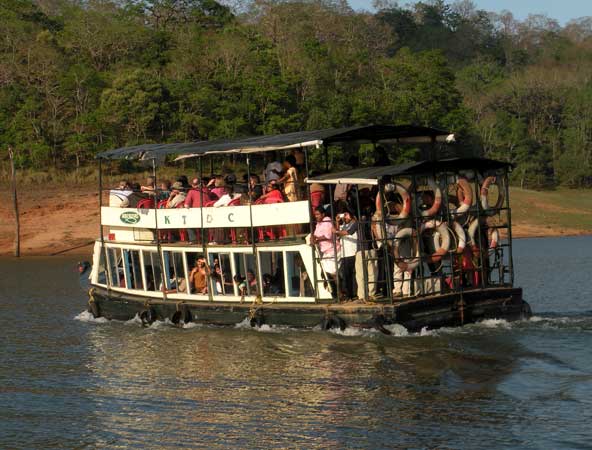
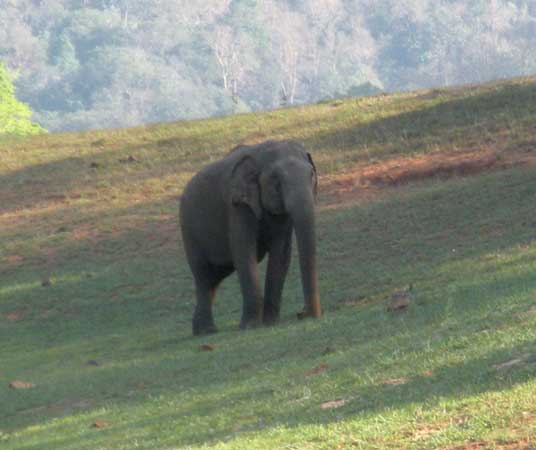
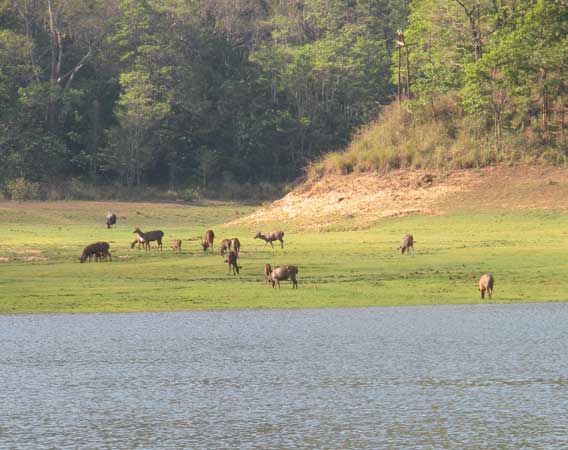
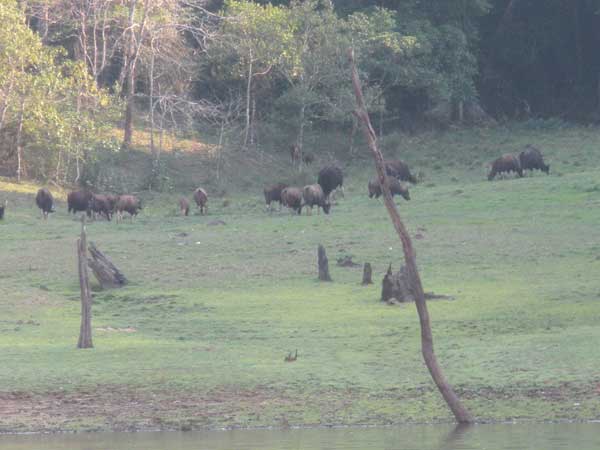
Walking back along the road, we spotted monkey moms with babies clinging to them and acrobatic giant squirrels (more than twice the size of their US cousins) dining on flowers above us in the trees.
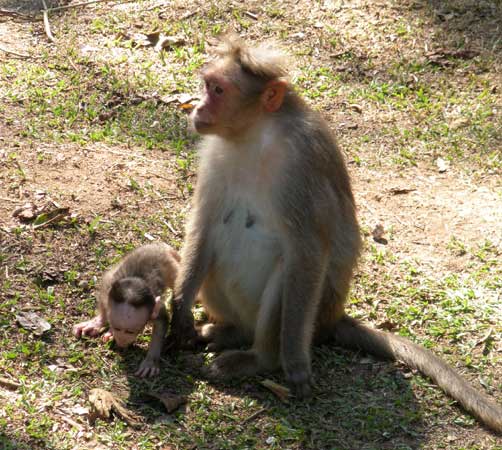
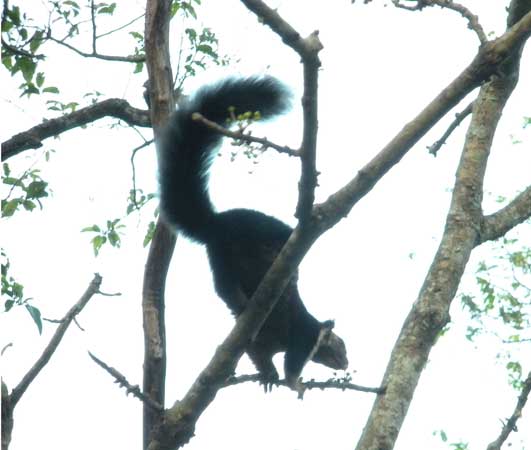
In the evening, a family group of wild boar with several youngsters foraged through the hotel grounds (the pictures below were taken from the window of our room).
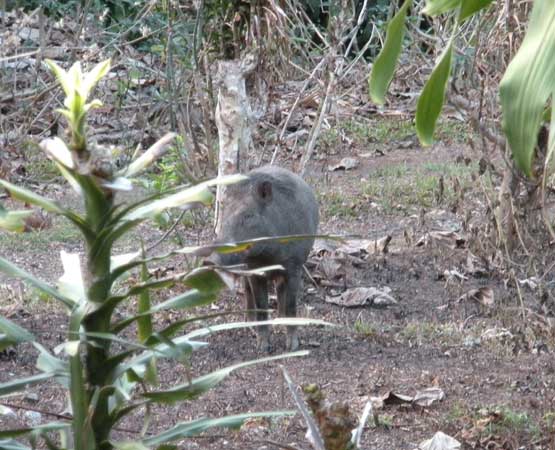
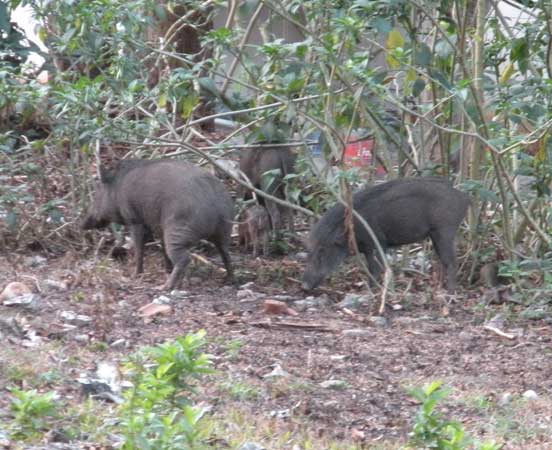
During our stay at Periyar, no tigers appeared but we did not mind - we had met many members of India's wildest species. For us, Periyar was a revitalizing connection with the natural world as well as a respite, a time-out, from travel. In additon, our stay helped to assist the important work of Project Tiger. We learned that India contains 60% of the world's tigers and as recently as 1970 it was still legal to hunt them and to export skins. During the 1950s and early 1960s it was recorded that more than 3,000 tigers lost their lives to trophy hunters.
Researching further, we now know that some feel that saving the tiger means saving mankind!
According to Project Tiger,
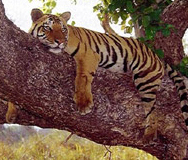
"Not only is tiger a beautiful animal but it is also the indicator of the forest's health. Saving the tiger means we save the forest since tiger cannot live in places where trees have vanished and in turn secure food and water for all.If we make sure tigers live, we have to make sure that deer, antelope and all other animals that the tiger eats (its prey base) live. To make sure that these herbivores live, we must make sure that all the trees, grass and other plants that these prey animals need for food are protected. In this way, the whole forest gets saved! Saving the tiger means saving its entire forest kingdom with all the other animals in it.
Also forests catch and help store rainwater and protect soils. In this way we protect our rivers and recharge groundwater sources. Areas with less trees lead to floods, killing people and destroying homes. It takes away the precious soil, leaving behind a wasteland. The soil jams up our lakes and dams, reducing their ability to store water. By destroying the tiger's home, we not only harm tigers, but also ourselves.
The tiger thus becomes the symbol for the protection of all species on our earth since it is at the top of the foodchain. This is why we sometimes call the tiger, an apex predator, an indicator of our ecosystem's health."
After a very pleasant couple of days enjoying a quieter life in the Reserve, it was time to move on. We checked out and loaded our bags into a tut-tut for the ride into town to catch a bus to Kottayam, our next destination.
To read about the rather unorthodox way we caught our bus, read our story 'Bus Travels in India - Adventurous and Then More Adventurous'.
Click here to return to Our Revisiting India - 2009 page
![]()